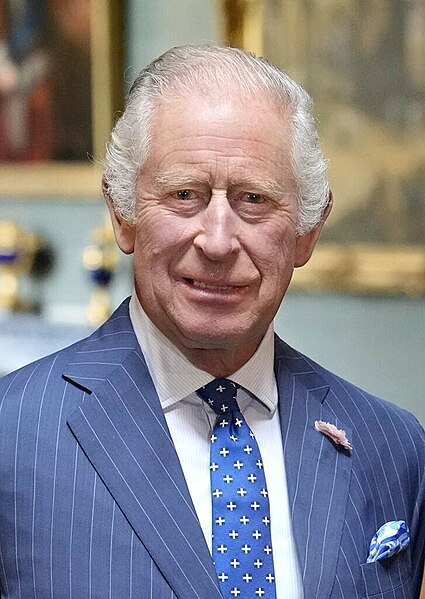The Province of Manitoba, similar to other Canadian provinces and territories, is governed through a Westminster-based parliamentary system. The Manitoba government's authority to conduct provincial affairs is derived from the Constitution of Canada, which divides legislative powers among the federal parliament and the provincial legislatures. Manitoba operates through three branches of government: the executive, the legislative, and the judicial. The executive branch—the Government of Manitoba—consists of the Executive Council and the Premier, who is the head of government and the President of the Executive Council. The legislative branch—the Manitoba Legislature—is composed of the Lieutenant Governor and the Legislative Assembly, which is composed of the 57 members (MLAs) elected to represent the people of Manitoba, as well as the Speaker, the Clerk, the Officers of the Legislative Assembly, and the employees of the legislative service.
Politics of Manitoba
The Manitoba Legislative Building
By the arrangements of the Canadian federation, Canada's monarchy operates in Manitoba as the core of the province's Westminster-style parliamentary democracy. As such, the Crown within Manitoba's jurisdiction is referred to as the Crown in Right of Manitoba, His Majesty in Right of Manitoba, or the King in Right of Manitoba. The Constitution Act, 1867, however, leaves many royal duties in Manitoba specifically assigned to the sovereign's viceroy, the lieutenant governor of Manitoba, whose direct participation in governance is limited by the conventional stipulations of constitutional monarchy.
Monarchy in Manitoba
King Charles II in 1675
King George VI and Queen Elizabethh in Winnipeg, 1939
Queen Elizabeth II Platinum Jubilee Medal (Manitoba)






